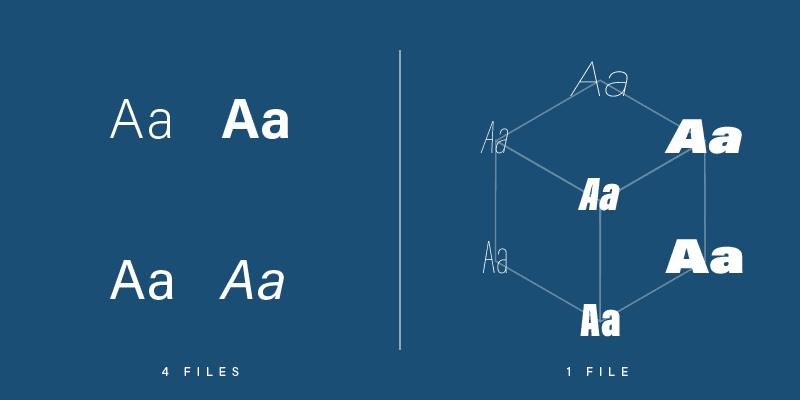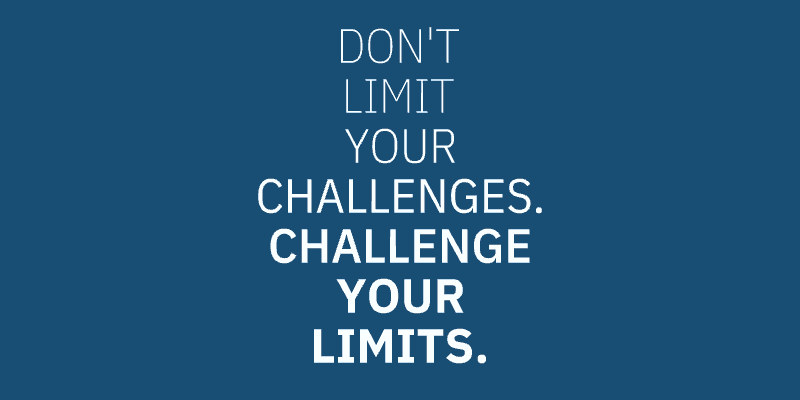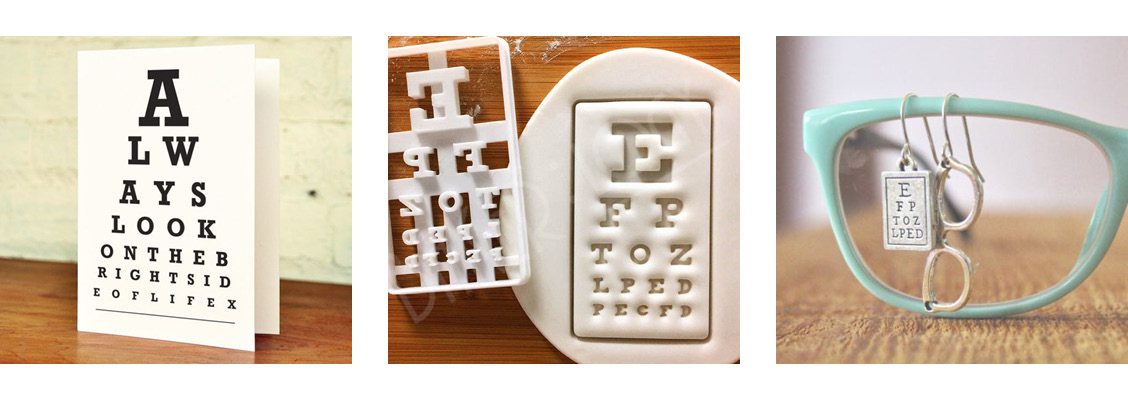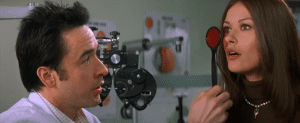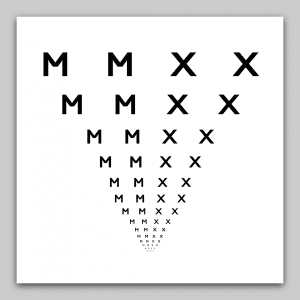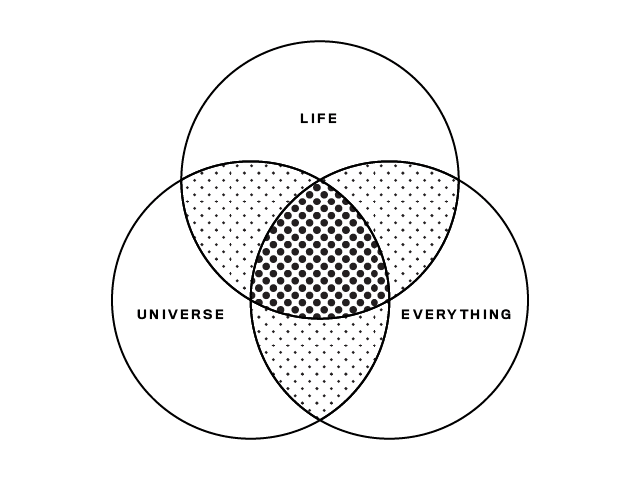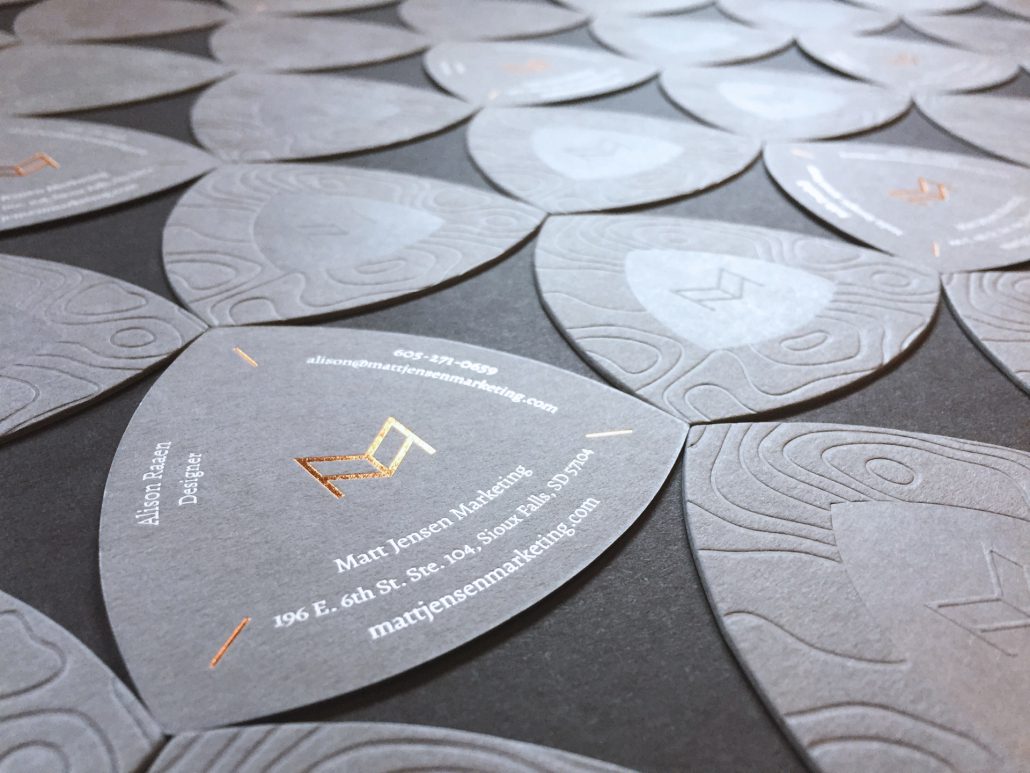Save Time, Dollars, and Guesses with Customer Personas
There are plenty of marketing strategies that aren’t worth the time, dollars, or guesswork.
Building customer personas isn’t one of them.
The vast reach of social media and the web in general can be a siren song to many marketers and business leaders — it seems logical that the more people who see and hear your message, the better.
But the reality is, blanketing your message to large groups that only meet your basic demographics is diluting the message for your true prospects and wasting it on people who never were your prospects in the first place.
Enter the customer persona. A well-researched one will lessen your workload and target your marketing dollars toward your best prospects.
Personas also help you empathize with your customers. It’s easy to only think about what your business wants from those who use your products and services without considering what they need from your business. Increasingly, consumers are seeking companies they trust. One way to build trust? Empathy. One way to empathize with your customers? Personas.
What exactly is a persona?
A persona is a fictitious character who represents a group of real customers with common traits. Creating a persona is much like a novelist creating the heroine for his next bestseller. Except in this case, instead of using your imagination, you’ll draw from research. This can include surveys, data analysis, and demographics.
However, since data points can’t be marketed to, personas must also include details about customer attitudes, beliefs, goals, and motivations. It’s not enough to know that most cataract patients are in their late 60s to early 70s and are 60% female. You need to note that on the day of their surgery they’re likely to clear their calendar, dress a little nicer, arrive with plenty of extra time, and feel nervous.
A persona is useless unless it gives insight into what your customers are thinking, feeling, and doing while they try to meet their needs. That’s the information you need in order to see how best to help them succeed.
How do you build a persona?
Like many things, there’s no one right way to create a customer persona; however, at MJM we recommend these steps to our clients who are just starting out.
Step 1
Gather your customer data. This likely begins with basic demographic information. Here’s a quick tutorial on how to glean that data from your Google Analytics and website logs. This will give you a base you can use to build your persona. Demographic data largely reinforces what you already know so use it only to begin seeking insights you may not already have.
Step 2
Identify customers you can talk to and ask them lots of questions. MJM strongly recommends gathering as much firsthand insight as possible. The only way to truly do that is to take the time to talk (and listen!) to your customers. You may even consider specifically seeking out those whose experience was less than ideal as their assessment can point out gaps in service your satisfied customers may overlook.
Step 3
Group customers and look for patterns. Find similar responses and traits from the customers you’ve spoken to and build a persona around them. Highlight the beliefs, goals, and frustrations that bring this group to life. Give your fictitious customer a name or title and attach a photo to make the character memorable and more realistic.
Have fun with this! Some of our clients have found that they enjoy the process and when it’s done, they’re relieved to have that “person” to return to time and again to make wise marketing decisions.
The MJM team loves personas! And we’d love to help you with yours. Download our starter worksheet or contact us for a consultation.
Brady is a graphic designer at Matt Jensen Marketing.

